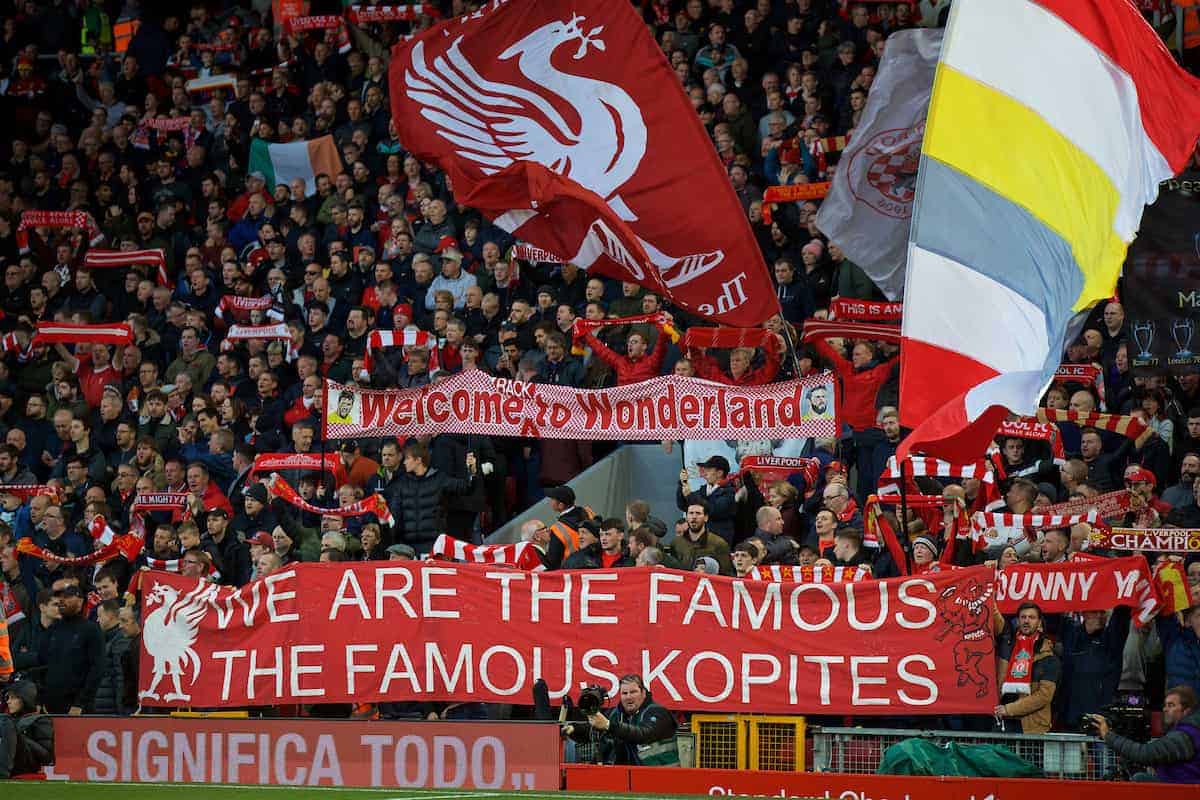English premier league champions opened their defence of their title with a hard-fought 4-3 win over newly-promoted Leeds United at Anfield.
The match was played behind closed doors because of COVID-19 regulations, meaning The Reds’ passionate faithful were missing from the famous Kop end.
Liverpool’s iconic Anfield stand, the Kop, is one of the most renowned in football, but do you know the history of its origins and why it’s called the ‘Spion Kop’?
The Boer War
The words ‘Spion Kop’ have a long history associated with Liverpool, and it began well before that famous terrace was constructed; it began well outside the continent.
The Boer War in South Africa is where the story starts… back in 1900.

The British Army fought to capture a hilltop, and 300 men perished in the attempt, most of whom were from Lancashire and many from the city of Liverpool itself.
That hilltop’s name was, of course, Spion Kop — or Spioenkop in South African.
Ten thousand soldiers and the hill itself, 1,500 feet tall, stood between the regiment and their target town, Ladysmith.
The hill was ascended, but the morning brought a new problem: another hill, even higher, from which the Boer army opened fire on the British Empire regiment.
They were unable to dig deep trenches due to the rock formation of the land, leaving hundreds incapable of escape or survival.
The Liverpool connection
However, it was in Liverpool that the tradition really took hold when a local newsman likened the silhouette of fans standing on a newly raised bank of earth to soldiers standing atop the hill at the Battle of Spion Kop.
In 1906 Liverpool Echo sports editor Ernest Edwards noted of a new open-air embankment at Anfield:
“This huge wall of earth has been termed ‘Spion Kop’, and no doubt this apt name will always be used in future in referring to this spot.”
The use of the name was given formal recognition in 1928 upon construction of a roof. It is thought to be the first terrace officially named Spion Kop.
The Kop became the Liverpool FC home supporters’ end at Anfield, with commentators inferring that it is widely dedicated to the many Liverpool-born soldiers who died at The Battle of Spion Kop.
This stand has become legendary in football for the atmosphere, and is still regarded as creating the most intense atmosphere in English and European football, with the many songs and thunderous noice that LFC fans generate on the renowned stand.
Even the nickname given to Liverpool supporters “Kopites” derives from this home supporters end “The Kop.”

Even today, the origins of that name and the true nature of where it came from can be heard on the terraces, with the Kop singing ‘Poor Scouser Tommy’ with regularity; though the song doesn’t refer directly to that battle, it speaks of a fallen soldier and a Liverpudlian who comes from the Spion Kop.



